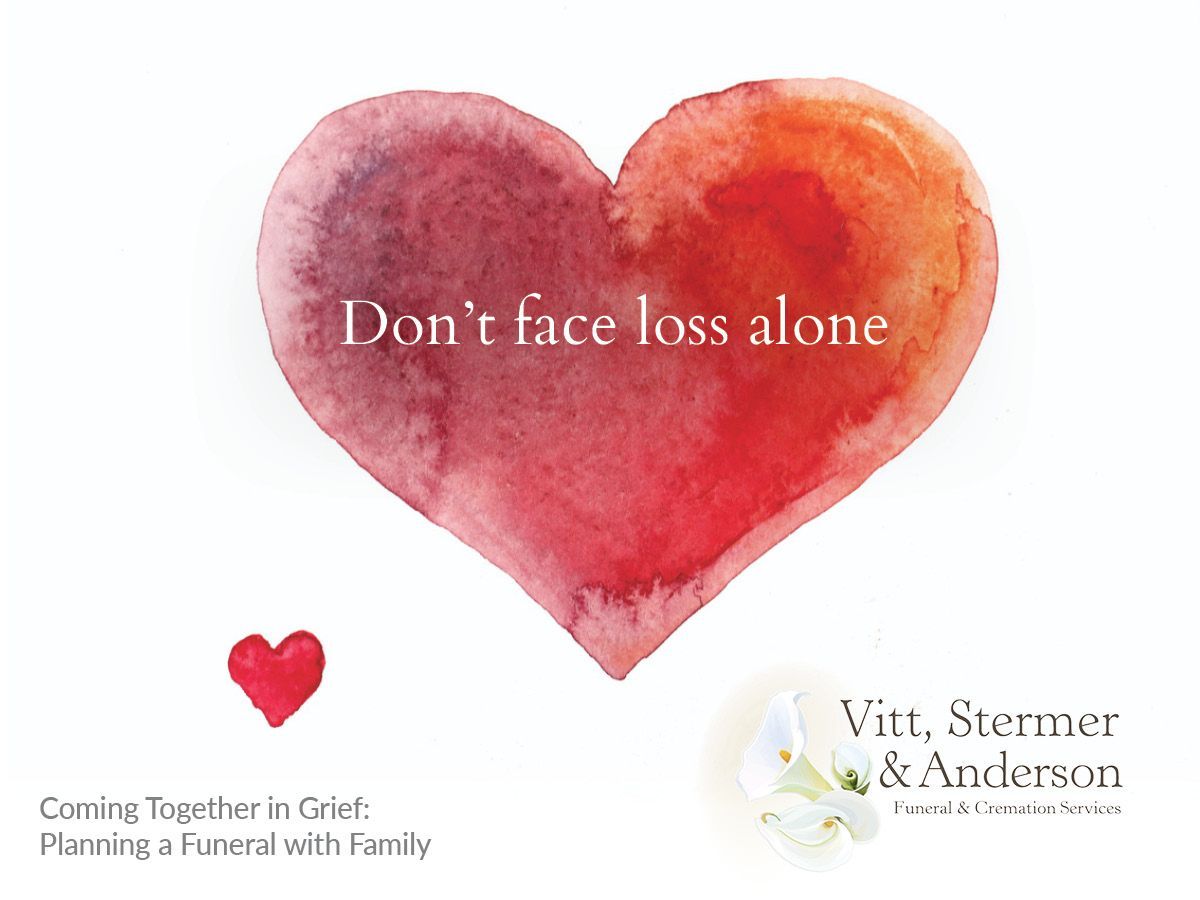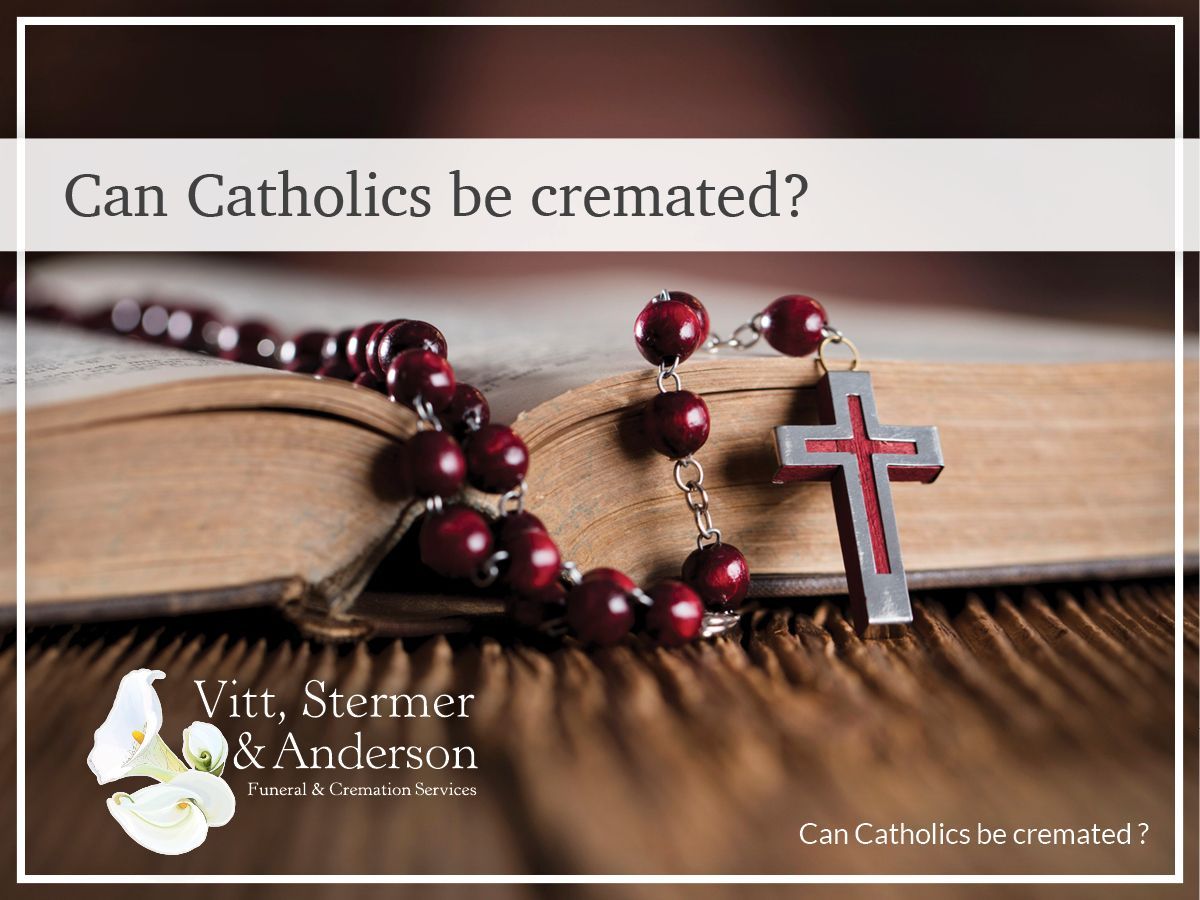Funerals of Our Presidents
A funeral offers a chance to say goodbye, but how do we say our farewells to those who forged the path of our nation? Presidential funerals have proven to be groundbreaking occasions that set the tone for how the nation grieves. Let’s take a look at how we as a country said goodbye to some of our most beloved leaders.
Funerals of Our Presidents
George Washington
Our first president passed on Dec. 14, 1799, with the request that he not be buried for three days’ time. George Washington had a great fear of being buried alive, which was why he asked for the three days. During that time, he was held in a mahogany casket in Mount Vernon’s New Room.
On Dec. 18, his military funeral was held in Mount Vernon and became a template for future funerals honoring military officers. As Washington was a devout member of the Anglican Church and a Freemason, both Anglican and Masonic burial services were conducted in his honor. After his pastor gave the eulogy, 11 artillery pieces on shore were fired off, answering the echo of the minute guns’ crack from a schooner on the Potomac River. He was buried in a tomb in his beloved Mount Vernon.
John Adams
Our second president passed on the 50th anniversary of the passage of the Declaration of Independence. He was entombed in Quincy, Massachusetts, on July 7, 1826. Minute guns were fired from Mount Wollaston throughout the entirety of the ceremony, with several adjoining towns joining in with ways of paying homage of their own, with bells tolling throughout Massachusetts and beyond.
Thomas Jefferson
Though Thomas Jefferson and Adams fought very publicly for a time, they rekindled their friendship in their later years. Perhaps their brotherhood is why they passed on the same day. On July 4, 1826, Jefferson passed around noon after falling into a coma the previous day. It’s said that Adams fell into unconsciousness around that time before awaking again at around 5:30 P.M. to say his final words, reportedly either “Thomas Jefferson survives” or “Thomas Jefferson still lives.”
Jefferson himself had requested a simple ceremony. No invitations were sent out, though friends and visitors were welcome to go to the gravesite once he was buried. He is believed to have been buried in a simple, wooden coffin. He was laid to rest in the Monticello graveyard just one day after his death on July 5.
Abraham Lincoln
It was believed that when the 16th president was assassinated, dying on April 15, 1865, the American citizens were not yet ready to say goodbye. So, they were given a chance to. Although Mary Lincoln wanted her husband to take a direct route to where he’d be laid to rest in Springfield, Missouri, Lincoln’s secretary of war, Edwin Stanton, convinced her to approve a path that saw him retrace the steps he took from Springfield to the nation’s capital four years earlier. The president was embalmed, a relatively new process at the time, to allow citizens to say goodbye to him in the form they remembered him in.
At each stop on the railroad journey, thousands came out to see Lincoln. In fact, the trip was largely considered a unifying force for the Democrats and Republicans in the North during such a divisive time. Alongside Lincoln on his journey was the body of his 11-year-old son, Willie, who died of typhoid three years earlier. When the funeral procession ended at Oak Ridge Cemetery in Springfield and following an hour-long eulogy, both father and son were laid to rest in a limestone vault, with the doors and iron grating then shuttered.
Theodore Roosevelt
At the time of Theodore Roosevelt’s death, the then-vice president, Thomas Marshall, said, “Death had to take Roosevelt sleeping, for if he had been awake, there would have been a fight.” The 26th president, known for his strength, died on Jan. 6, 1919, in his sleep after suffering a coronary embolism, though his health had been declining for some time.
Not one for grandiose affairs, a private farewell service was held at his home, Sagamore Hill, in Oyster Bay, New York. A modest funeral was then held at Christ Episcopal Church in Oyster Bay before Roosevelt was buried on a hillside on Jan. 8 in Youngs Memorial Cemetery, overlooking the town. A bugler blew Taps as family members and dignitaries walked up the snow-covered hill to the burial site. When the ceremony ended, only one person stayed behind — former President William Howard Taft, who stood by his sometimes political ally, sometimes foe’s grave weeping long after everyone else had left.
Franklin Delano Roosevelt
FDR’s health had long been declining, a secret hidden from the public, but by the time he entered his fourth term, that secret became harder to keep. FDR was getting frailer with every photograph, and he eventually passed on April 12, 1945, in Warm Springs, Georgia. The Ferdinand Magellan train brought him back to Washington on April 14, where he was then carried on a caisson from Union Station to the White House. Over 500,000 people gathered silently to watch the procession before hundreds of mourners were invited to pay their respects and see the president a final time in the White House’s East Room.
Recognizing that the nation was at war and that many citizens were overseas, FDR requested a simple funeral with few formalities. Following the service, he was returned back to Union Station, where he’d begin an overnight journey to Hyde Park, New York. He was then brought to the edge of a meadow below his home, where a battalion of cadets awaited him. U.S. Army Air Force P-47s flew overhead, and once he was lowered into the ground, an honor guard of cadets fired over the grave.
The funerals of presidents signal a time of a nation in mourning. Much has changed over the years from the days of Washington’s burial, and one could argue that Lincoln’s funeral truly set that tone. It became normalized for the public to be allowed a chance to say goodbye as well, whether that be through a funeral procession or a viewing. Presidential funerals are as much a chance for us all to say farewell to a fallen leader as it is for us to come together as a nation.












